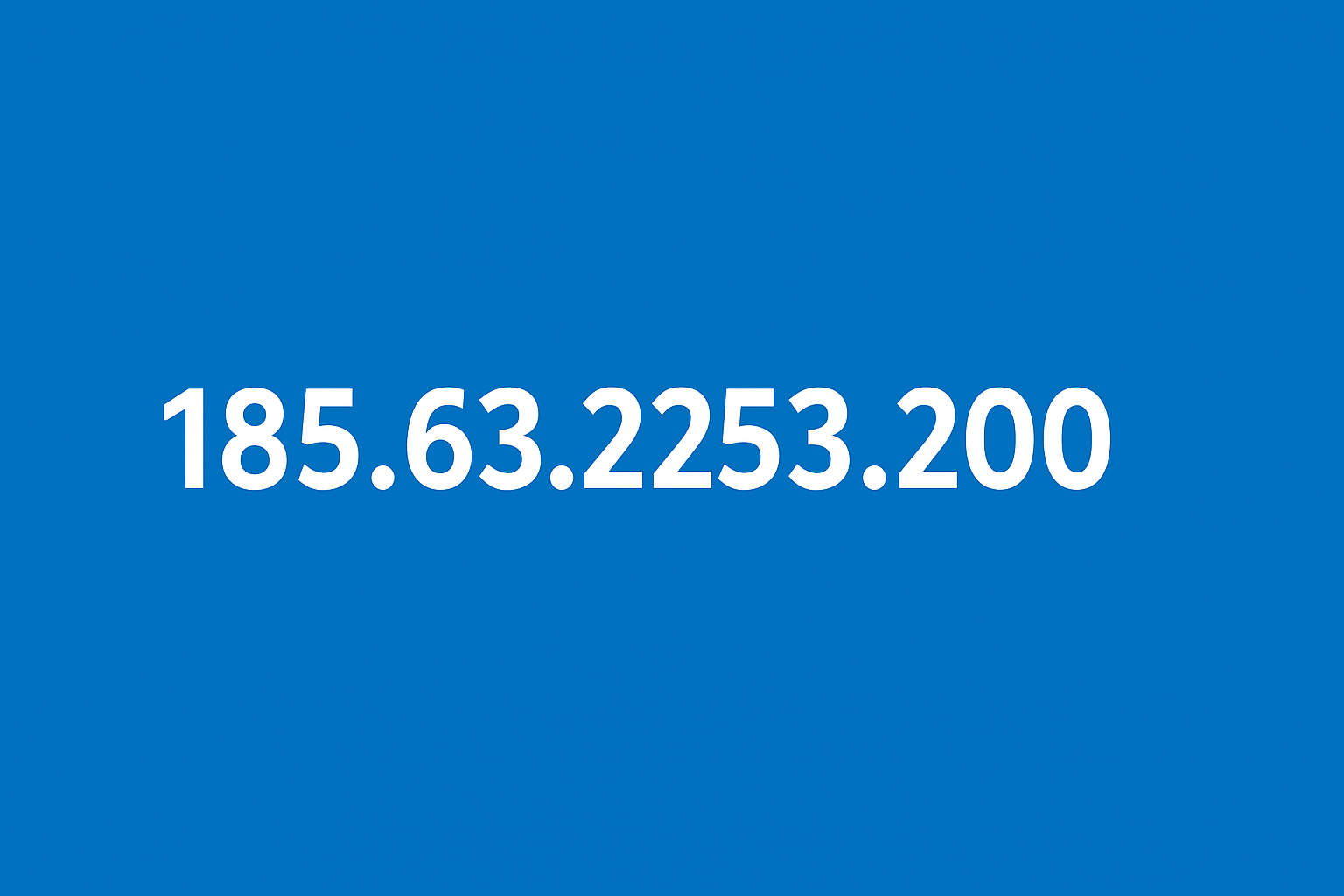Military Time Chart: A Complete Guide to the 24-Hour Clock System
Time governs every aspect of modern life, from international travel and communication to military operations and healthcare. Among the different systems used to measure and express time, the military time chart stands out as one of the most precise and universally recognized formats. Unlike the 12-hour clock, which divides the day into a.m. and p.m. cycles, military time follows a 24-hour continuous format, eliminating confusion and ensuring accuracy across borders and professions.
This comprehensive guide will take you deep into the concept of military time—its origins, logic, conversion techniques, real-world applications, and advantages over the standard 12-hour clock system. Along the way, we’ll explore detailed conversion charts, usage examples, and cultural perspectives that have shaped how the world views time.
By the end of this article, you will not only understand how to read and use military time but also appreciate why this system is vital for precision-based industries like aviation, medicine, and the armed forces.
Understanding the Concept of Military Time
Military time is a 24-hour timekeeping system that starts at midnight (0000 hours) and runs continuously until 2359 hours, ending just before the next midnight. Each hour of the day is represented by a unique number ranging from 0000 to 2359, where the first two digits represent the hour, and the last two digits represent the minutes.
For example, 1:00 a.m. in standard time is expressed as 0100 hours in military time, and 1:00 p.m. becomes 1300 hours. This format eliminates the need for “a.m.” or “p.m.” indicators, which can sometimes cause errors in communication—especially in critical operations like flight scheduling, military missions, or hospital procedures.
The key principle of military time is clarity and precision. By ensuring that every hour of the day has a distinct numerical representation, misunderstandings due to time confusion are completely avoided.
History and Evolution of Military Time
The origins of the 24-hour clock system date back thousands of years. Ancient civilizations such as the Egyptians and Greeks observed celestial patterns and divided the day into smaller intervals based on sunlight and shadow movement. However, the formal adoption of a 24-hour timekeeping system emerged much later with the growth of maritime navigation and military organization.
During the 14th and 15th centuries, as explorers began to sail across the globe, accurate timekeeping became essential for determining longitude and coordinating movements at sea. By the late 19th century, with the advent of railroads and telecommunication, nations recognized the need for standardized global time zones—an effort spearheaded by the International Meridian Conference in 1884.
The military formally adopted the 24-hour format in the early 20th century to ensure unambiguous communication across time zones. Since then, it has become the universal language of time used not only in armed forces worldwide but also in aviation, emergency services, and technology industries.
Structure of the Military Time System
Military time is built on a simple but logical structure that represents time from 0000 hours (midnight) to 2359 hours (11:59 p.m.). There are no repetitions or dual designations as in the 12-hour format. Each minute of the day has a unique value.
Below is a basic military time chart for reference:
| Military Time | Standard Time (12-hour) | Military Time | Standard Time (12-hour) |
|---|---|---|---|
| 0000 | 12:00 a.m. (Midnight) | 1200 | 12:00 p.m. (Noon) |
| 0100 | 1:00 a.m. | 1300 | 1:00 p.m. |
| 0200 | 2:00 a.m. | 1400 | 2:00 p.m. |
| 0300 | 3:00 a.m. | 1500 | 3:00 p.m. |
| 0400 | 4:00 a.m. | 1600 | 4:00 p.m. |
| 0500 | 5:00 a.m. | 1700 | 5:00 p.m. |
| 0600 | 6:00 a.m. | 1800 | 6:00 p.m. |
| 0700 | 7:00 a.m. | 1900 | 7:00 p.m. |
| 0800 | 8:00 a.m. | 2000 | 8:00 p.m. |
| 0900 | 9:00 a.m. | 2100 | 9:00 p.m. |
| 1000 | 10:00 a.m. | 2200 | 10:00 p.m. |
| 1100 | 11:00 a.m. | 2300 | 11:00 p.m. |
| 1159 | 11:59 a.m. | 2359 | 11:59 p.m. |
The chart demonstrates how the hours progress linearly without resetting at noon. After 1200 hours (noon), the count continues upward—making 1300 hours equal to 1:00 p.m., 1400 hours equal to 2:00 p.m., and so on until midnight is reached again.
How to Read Military Time
To read military time correctly, one must understand its numeric logic. The four-digit number can be broken into two parts:
- The first two digits represent the hour (00 to 23).
- The last two digits represent the minutes (00 to 59).
For instance:
- 0730 = 7:30 a.m.
- 1545 = 3:45 p.m.
- 2230 = 10:30 p.m.
When spoken, military time is read as “zero seven thirty hours” (for 0730) or “twenty-two thirty hours” (for 2230). The word “hours” is always included when communicating in military contexts to avoid any confusion.
It’s important to note that no colon is used when writing military time (unlike standard time formats such as 7:30 or 10:45). This stylistic difference emphasizes precision and consistency.
Conversion Between Military and Standard Time
Converting between the two systems is straightforward once you understand the pattern.
Conversion Rules:
- For times between 0000 and 1159, the time remains the same as a.m. hours.
Example: 0600 = 6:00 a.m. - For times between 1200 and 2359, subtract 1200 to get the p.m. equivalent.
Example: 1500 – 1200 = 3:00 p.m. - Midnight is expressed as 0000 hours, and noon is 1200 hours.
Example Conversion Table
| Military Time | 12-Hour Time | Military Time | 12-Hour Time |
|---|---|---|---|
| 0100 | 1:00 a.m. | 1300 | 1:00 p.m. |
| 0230 | 2:30 a.m. | 1430 | 2:30 p.m. |
| 0400 | 4:00 a.m. | 1600 | 4:00 p.m. |
| 0700 | 7:00 a.m. | 1900 | 7:00 p.m. |
| 1000 | 10:00 a.m. | 2200 | 10:00 p.m. |
| 1130 | 11:30 a.m. | 2330 | 11:30 p.m. |
This clear conversion system is why industries that require precise scheduling prefer military time—it avoids the risk of mixing up morning and evening hours.
Global Importance of the 24-Hour Clock
While the term “military time” is widely used in the United States, the 24-hour time format is the standard time system in most of the world. Countries in Europe, Asia, Africa, and South America use it in government, transportation, and communication systems.
In global contexts—like aviation, maritime operations, or international conferences—the 24-hour system ensures universal synchronization. Pilots, for example, rely on “Zulu Time” (Coordinated Universal Time, UTC) expressed in military time to prevent errors when crossing multiple time zones.
In contrast, the 12-hour system is more common in the U.S., Canada, and a few other nations for everyday civilian use. However, industries with high precision requirements universally adopt the military-style system to prevent scheduling mistakes.
Applications of Military Time
The use of military time extends beyond the armed forces. It is an essential part of operations in various sectors, each relying on exact timing and coordination.
1. Military and Defense
In the military, split-second accuracy can determine mission success or failure. Orders, communications, and movements all use military time to ensure everyone understands exact timing, regardless of location or time zone.
2. Aviation
Airlines and air traffic controllers use the 24-hour system to schedule flights, track arrivals, and manage global operations. When a flight departs at 1800 hours, there’s no confusion—it’s precisely 6:00 p.m., not potentially 6:00 a.m.
3. Healthcare
Hospitals use military time in patient records and medication schedules to prevent confusion between morning and evening doses. A nurse reading “2200 hours” knows the medication is to be given at 10:00 p.m.
4. Technology and Computing
Digital devices, servers, and global data systems often operate on 24-hour clocks for uniform logging and event tracking across countries.
5. Transportation and Logistics
Railways, shipping lines, and public transport systems depend on precise timing to maintain efficiency and safety. A timetable that reads 1300–1415 hours is instantly understood globally.
6. Emergency Services
Police, fire, and ambulance services use military time for dispatch coordination and report accuracy, where even a minute’s delay could be critical.
Advantages of Using Military Time
| Advantage | Explanation |
|---|---|
| Eliminates Ambiguity | Prevents confusion between a.m. and p.m. times. |
| Universal Standard | Recognized globally in military, aviation, and scientific fields. |
| Accuracy and Efficiency | Reduces time-related communication errors. |
| Simplifies Scheduling | Makes data logs and records consistent. |
| Supports Automation | Ideal for computers and digital systems. |
Military time is not just about formality—it’s about efficiency, precision, and global harmony in communication.
Learning to Use the Military Time Chart
Transitioning from the 12-hour clock to military time may take practice, but once mastered, it becomes second nature.
A simple learning strategy involves familiarizing yourself with key reference points:
- 0000 or 2400 = Midnight
- 0600 = 6:00 a.m.
- 1200 = Noon
- 1800 = 6:00 p.m.
- 2300 = 11:00 p.m.
Conversion Tip:
When converting p.m. times, simply add 12 to the standard hour value (except for 12 p.m. itself).
Example:
- 2:00 p.m. → 14:00 → 1400 hours
- 7:30 p.m. → 19:30 → 1930 hours
For a.m. times, you can simply add leading zeros to maintain the four-digit format.
Example:
- 5:15 a.m. → 0515 hours
With consistent practice using a military time chart, you’ll quickly internalize the system.
Cultural and Educational Relevance
Beyond technical use, military time has cultural and educational value. Learning this system enhances numerical literacy, strengthens global communication, and supports time management education in schools.
Many countries teach the 24-hour format in early education as part of math and geography curricula. Students who understand military time can interpret international broadcasts, transport schedules, and digital devices more effectively.
In the corporate world, using military time in reports and meetings demonstrates professionalism and precision.
Military Time in Technology and AI Systems
As artificial intelligence, automation, and the Internet of Things (IoT) continue to evolve, the need for unified time representation becomes more critical. Military time offers a machine-friendly format that is both chronological and unambiguous.
In software engineering, timestamps and logs are often recorded in 24-hour UTC time, ensuring data integrity across global networks. Systems like blockchain, autonomous drones, and satellites rely on this precise standard for synchronization.
By standardizing how time is measured, Enerstor-like energy systems, autonomous cars, and smart cities can all coordinate operations seamlessly across continents.
Common Misunderstandings About Military Time
Despite its simplicity, people often misinterpret certain aspects of military time. Common errors include:
- Confusing 0000 and 2400 (both refer to midnight but are used contextually).
- Adding or subtracting hours incorrectly when converting.
- Forgetting to drop the colon (military time uses “1300” not “13:00” in formal notation).
- Misreading leading zeros (e.g., 0800 is “eight hundred hours,” not “eight thousand”).
Understanding these nuances ensures that you communicate time accurately and confidently.
Military Time Around the World
Different organizations interpret and pronounce military time slightly differently, though the principle remains the same.
| Region | Usage Example | Pronunciation Example |
|---|---|---|
| United States | 0700 hours | “Zero seven hundred hours” |
| United Kingdom | 0700 hrs | “Oh seven hundred hours” |
| Europe | 07:00 | “Seven hundred hours” |
| NATO/UN | 0700Z (Zulu time) | “Zero seven hundred Zulu” |
This global consistency ensures effective coordination between international military forces, humanitarian agencies, and global businesses.
Why You Should Learn Military Time
Learning to read and use military time provides long-term practical advantages, including improved organization, punctuality, and global communication. Whether you’re a student, professional, or traveler, understanding this system simplifies your interaction with technology, schedules, and international time formats.
Mastery of the military time chart also enhances mental calculation skills. Converting between 12-hour and 24-hour formats mentally is an excellent exercise for cognitive flexibility and attention to detail.
Conclusion
The military time chart represents more than a method of timekeeping—it is a universal system of accuracy, discipline, and synchronization. From its historical roots in navigation and defense to its modern applications in technology and healthcare, the 24-hour format exemplifies humanity’s quest for order and clarity in an increasingly interconnected world.
By adopting military time in daily life, individuals and organizations alike embrace a system that values precision over ambiguity, efficiency over confusion, and universality over limitation. Whether coordinating global flights, hospital procedures, or data servers, the military time chart ensures that every second is counted and understood—exactly as it should be.
Frequently Asked Questions (FAQs)
1. What is military time?
Military time is a 24-hour timekeeping system used globally for precision and clarity, representing each hour uniquely from 0000 to 2359.
2. How do I convert standard time to military time?
Add 12 to any p.m. hour (e.g., 2:00 p.m. = 1400). For a.m. times, add a leading zero (e.g., 8:00 a.m. = 0800).
3. Why does the military use this system?
It eliminates confusion between a.m. and p.m., ensuring mission-critical operations maintain absolute timing accuracy.
4. Is military time used worldwide?
Yes. Most countries and global industries—including aviation, medicine, and technology—use the 24-hour system for consistency.
5. What is the difference between 0000 and 2400?
Both mean midnight. 0000 refers to the start of a new day, while 2400 marks the end of the current day.







